The unique variety of Tie Guan Yin and its origin
Tea has been grown in Anxi County by monks since the 7th century, but the exact date of its appearance is still unknown. It is only known that by the 18th century, the trade in Anxi tea reached its highest level, and the most famous of the local teas was Tie Guan Yin.

A large-leaf semi-fermented variety grown in Anxi County in the south of Fujian Province. It is an elite oolong tea, occupying an intermediate position between green and black teas. In China, they are classified as turquoise.
Legends about the origin of tea
As befits an elite drink, Tie Guan Yin is associated with two legends about its origin. The first tells of a devout peasant who grew tea and regularly carried cups of aromatic drinks to the image of the goddess Guanyin. One day, she appeared to him in a dream and showed him the way to a mountain stream, near which grew a previously unseen tree. Waking up, the peasant decided to follow the goddess's advice and soon discovered a new tea tree.
The sprout, carefully brought home by the tea grower, was planted in an iron pot. When the time came to collect the leaves of the overgrown tree, the farmer and his friends discovered a drink unusual in its aroma and richness of taste. It got its name from the goddess, which in translation means Iron Goddess of Mercy.
The second legend is connected with the name of Emperor Qianlong. A drink brewed from the leaves of a new tea variety was presented to him as a gift by a scholar named Wang, who lived in the city of Siping. The emperor had an exquisite taste, which immediately allowed him to properly appreciate the noble aroma of the new variety. The name Tie Guan Yin was borrowed from the cliff near which the tea trees grew.
Guan Yin - Goddess of Mercy and Compassion
The goddess Guan Yin herself is incredibly popular in China and can be found in images not only in temples, but also in the homes of ordinary people. She is considered the patroness of women, fishermen and all those who find themselves in difficult situations. Chinese farmers believe that during World War II she appeared in the sky and covered cities with her cloak from falling bombs.
The name Guanyin means "Listening to the sounds of the world." Buddhists believe that she hears all human requests and helps everyone who prays. There are a huge number of stories about Guanyin's miracles and healings. In every temple, you can see many votive objects brought in memory of her mercy and help.
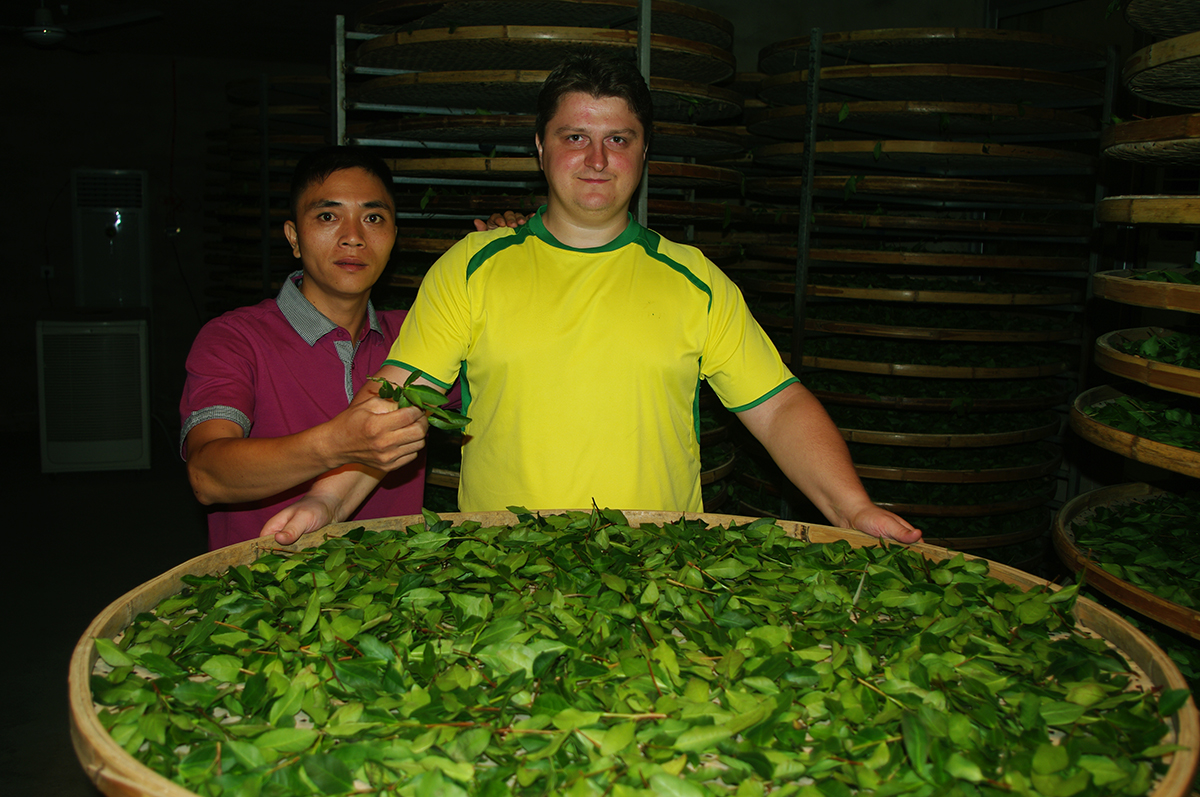
History of cultivation
No matter how fabulous the myths about the origin of Tie Guan Yin may seem, they have a historical basis. This type of tea was collected and brewed back in the 7th-9th centuries during the Tang Dynasty. The first to discover it were monks living in Anxi. Soon, tea cultivation became the basis of the economy of this region.
The uniqueness and unusualness of the tea variety rightfully gave the Anxi region the title of the tea capital of China, and the drink itself was recognized as a national product of the highest quality.
Where it is grown
The climate of Anxi is extremely favorable for growing tea. Constant fogs and high humidity effectively nourish tea plantations, and high solar activity and an average annual temperature of 15-20 C allow harvesting 4 times a year. The best time for harvesting is from April to May and from September to November. Favorable features of the local soil provide a wealth of vitamins and useful microelements in the composition of tea leaves.


The main cultivation areas of Tie Guan Yin are:
- Changkeng - the tea has a tart taste with a slight sourness, the tea leaves are tightly twisted, the color is light yellow;
- Sipin is a classic version with a subtle aroma and deep taste;
- Xianghua is a tea from the highest mountains, with a distinct taste and a sweet aftertaste;
- Gande is a greenish-hued drink with moderate astringency and a fragrant aroma.
Each of the varieties of tea from the Anxi region has its own characteristics and differences. Tie Guan Yin is grown in Taiwan and Thailand, but the taste of these varieties is different.
How it is produced
"Good to drink, but hard to grow." This is an approximate translation of the Chinese saying about Tie Guan Yin. Indeed, high demands are placed on the cultivation, collection, and especially on the technology of tea production.
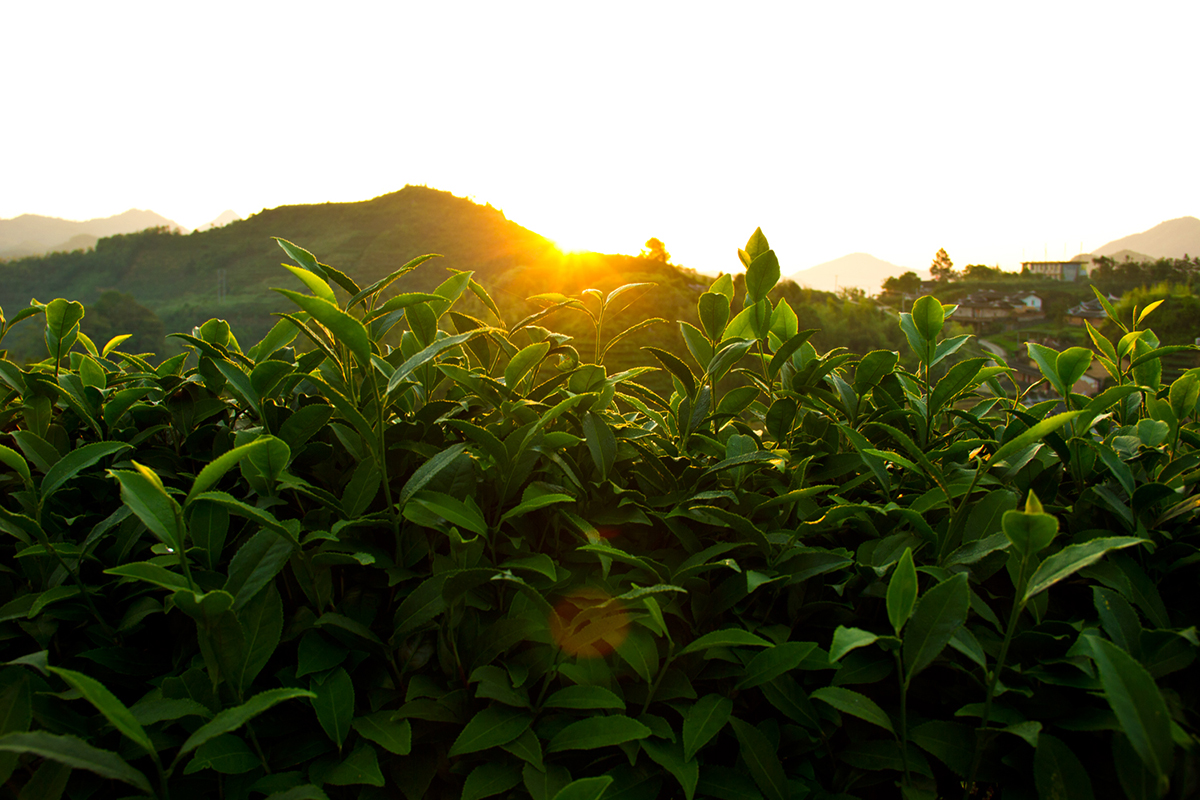
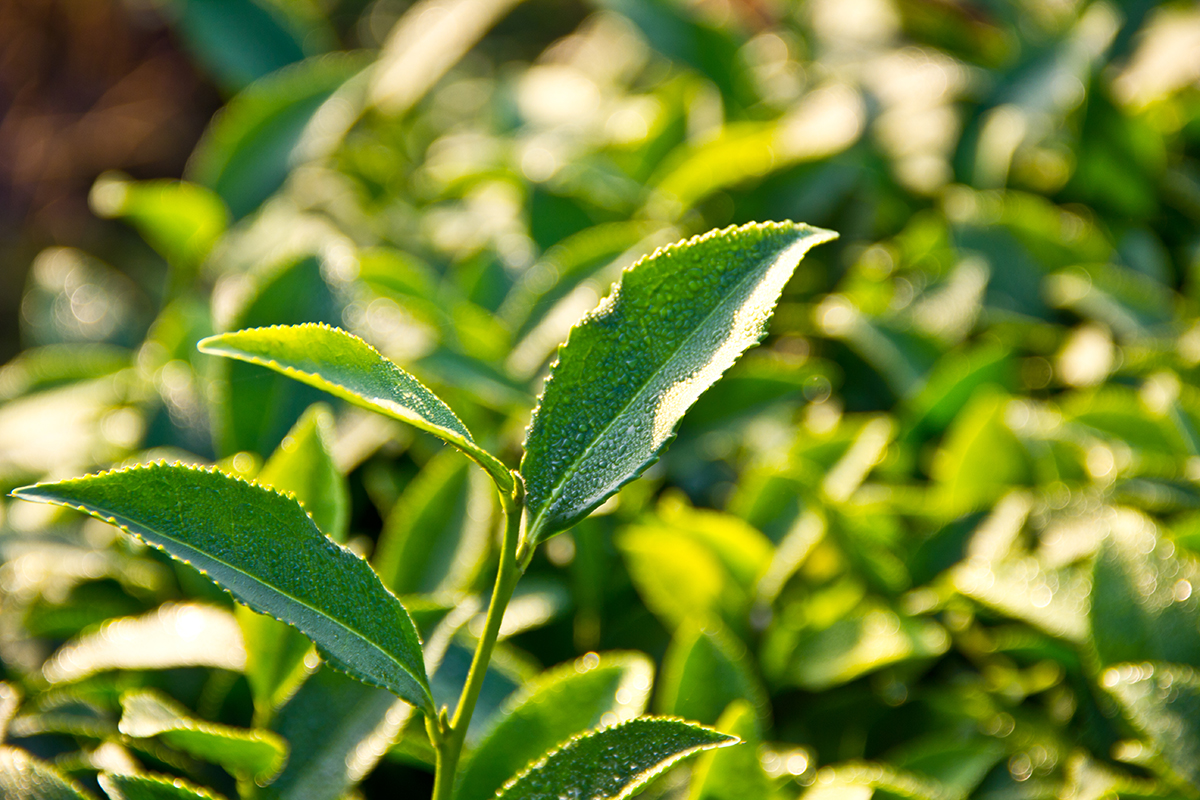
After picking the mature, fairly fleshy leaves, they are laid out in the sun for several hours and lightly stirred to ensure even withering. The next stage is leaf fermentation. To do this, the tea is placed in a special drum, where it is shaken and crushed. To stop fermentation, the leaves are exposed to high temperatures by placing them in drum ovens. Rotating blades prevent the leaves from burning.
Then they start rolling the leaf. The tea is wrapped in cloth, shaped into a ball and placed under a press. After some time, the resulting ball is transferred to a drum and broken. Two processes - rolling and breaking - should be repeated up to 25-30 times. At the final stage, the final drying is done either in an electric oven or on coals and the tea is manually cleaned of stalks.
The use of manual labor in the production of high-quality tea is one of the secrets of its unique taste. In order for the drink to turn out exactly like this, a combination of three components is necessary: proper natural conditions, strict adherence to technology and human skill.
Tea Culture in Anxi
Only when you get to Anxi can you truly understand the great role tea plays in the lives of the Chinese. It is drunk everywhere: in hotels, cafes, shops, train stations. And to buy Tie Guan Yin, you can go to the city's Tea Market.
Poor knowledge of English by local traders will not be an obstacle to choosing and buying famous varieties, as well as teaware and various accessories. You can taste before buying.
There are many shops around the wholesale market, from which a unique aroma wafts. The areas around the shops are occupied by small tables, at which girls and women separate dry stalks from tea leaves with quick and precise movements.
The Chinese are big fans not only of tea ceremonies, but also of festivals dedicated to the drink. A tea festival is not just a holiday and active tea drinking, but also an insight into the cultural traditions of the provinces and the peculiarities of tea preparation. Here you can establish business connections, listen to musicians perform, and discover new varieties.
The tradition of holding tea competitions dates back to ancient times. Different types of tea compete for the title of the best. Separate competitions are held among masters who reveal the secrets of tea ceremonies.
In dry form, Tie Guan Yin is small lumps of a greenish hue. The brewed drink is characterized by a pronounced floral-herbal aroma and a pleasant sweetish taste. The initial yellowish hue with a turquoise tint changes its color to a darker one as it brews.
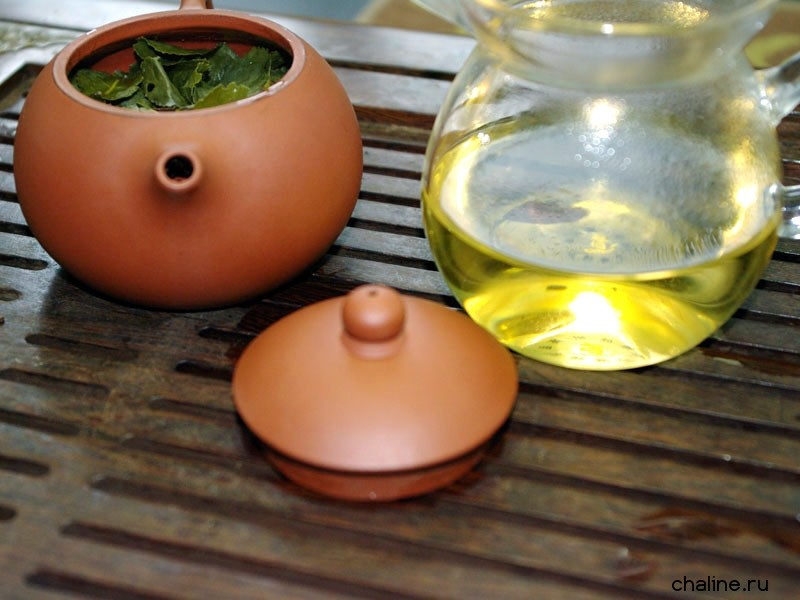
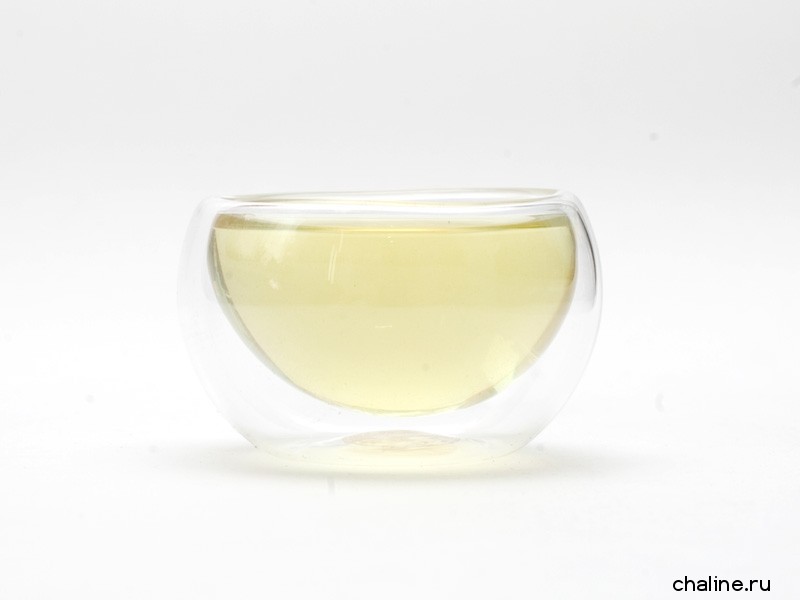
Beneficial properties:
- cleanses blood vessels;
- normalizes blood pressure;
- improves the functioning of the digestive system;
- prevents the growth and development of malignant neoplasms;
- promotes fast and effective weight loss;
- maintains oral hygiene, prevents the development of caries;
- helps improve memory and concentration.
Regular consumption will help prolong youth, maintain optimism and overcome depression. The product contains vitamins B, C, K and D, potassium, calcium, phosphorus and other useful chemical compounds.
- Comments
- Vkontakte







